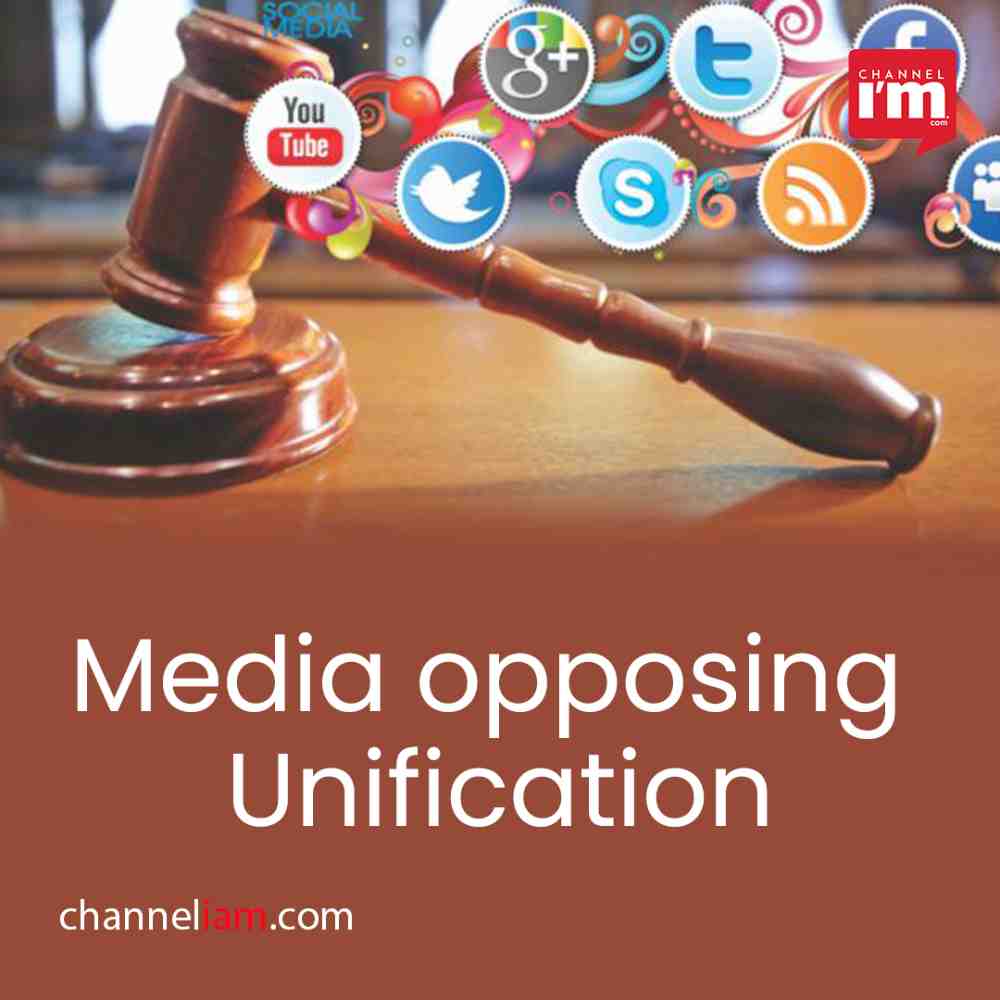Media groups object to the notion of an Unified Legal System
In a joint response to the regulator’s consultation document, the Telecom Regulatory Authority of India (TRAI) received criticism from the Media Industry for its proposal to create a complete regulatory framework for Telecom and Broadcasting services.
According to the Indian Broadcasting and Digital Foundation (IBDF), Internet and Mobile Association of India (IAMAI), Digital News Publishers Association (DNPA), Association of Radio Operators for India (AROI), and All India Digital Cable Federation (AIDCF), there is no need for a separate comprehensive code to address the convergence between broadcasting and telecommunication services.
In order to get input from Stakeholders in the Telecom and Television Industries about how to regulate convergence in digital technologies and services, TRAI released a consultation paper in January.
IBDF, the main Trade Association for TV broadcasting in India, has argued that broadcasting and telecom are independent businesses that require their own rules.
According to IBDF, combining various services like TV, internet, and voice into a single bundle does not indicate service convergence. The article emphasised that there is no device, service, or carrier convergence between Telecom and TV services.
According to IBDF, distinct but coordinated frameworks are ideal for the Indian setting.

AROI contends that TRAI should give attention to the problem of vertical integration and take steps to avoid telco domination of broadcast content and carriers. The FM radio organisation suggested including telecoms under the vertical integration regulation, which restricts DTH providers to a maximum 20% shareholding in media firms.
A complete strategy for the two services cannot yet be established, according to AIDCF, which represents significant cable TV distribution companies. It recommended that before thoroughly evaluating a service-specific regulatory and administrative system, the regulator should develop a standard regulatory and licensing framework for all comparable service providers.
Also, it was highlighted that cable TV providers cannot afford to deal with the problems caused by the convergence of broadcast carriage platforms and telecom services because telcos are the only providers of mobile communication, fibre, and DTH via a single optical fibre.
As cable TV technology is a one-way service while telecom services employ two-way interactive technology, AIDCF also emphasised that there is a technological barrier preventing the convergence of the two services.
An organisation of Indian news publishers called DNPA claimed the TRAI consultation document was based on an incorrect concept of convergence.
Smaller broadcasters and distribution platforms may go out of business as a result of the promotion of gatekeeping techniques under a consolidated regulatory and legal framework, the report said. To guarantee that all participants in the Media and Telecom sectors have equal opportunity, the DNPA emphasised the necessity for fair competition and transparent regulation.
The group acknowledged that the digital advertising business had been monopolized by internet behemoths Google and Facebook, but said that a converged system would only allow a few financially robust telecom firms to establish monopolies.
ALSO READ: Campaign for Campa Cola | Experience big with Poco C51 |
